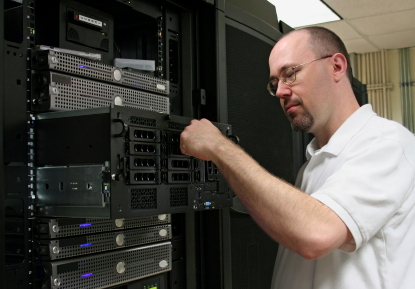URL
A Uniform Resource Locator , usually pronounced URL, is define as a route to a file on an Internet server (Web server, FTP server, mail server, etc.). The first part of the address is called a protocol identifier and it indicates what protocol to use. The second part is called a resource name. it specifies the IP address or the domain name where the resource is located. The protocol identifier and the resource name are separated by a colon and two forward slashes. For example, if you want to access a home page on a Web site, only the protocol and domain name are required.
HTML
HTML, also known as Hyper Text Markup Language, is the basic building-blocks of webpages. HTML is a markup language used to structure text and multimedia documents. It is also to set up hypertext links between documents, used extensively on the World Wide Web. Other than that, HTML allows images and objects to be embedded and can be used to create interactive forms. For example, the code one uses to create a Web page is called HTML.
JAVASCRIPT
Like Java, this is a programming lanuguage designed by Sun Microsystems, in conjuction with Netscape, that can be integrated into standard HTML pages. While JavaScript is based on the Java syntax, it is a scripting language, and therefore cannot be used to create stand-alone programs. Instead, it is used mainly to create dynamic, interactive Web pages. For example, Web developers can use JavaScript to validate form input, create image rollovers, and to open those annoying pop-up windows.
Applets is somehow lie a Java program that can be embedded in a Web site. The difference between a standard Java application and a Java applet is that an applet can't access system resources on the local computer. System files and serial devices can't be called or used by the applet. This is because of security reasons to which nobody wants their system wiped out by a malicious applet. Applets have helped many in making the Web more dynamic and entertaining . It have given a helpful boost to the Java programming language.
APPLETS
Applets is somehow lie a Java program that can be embedded in a Web site. The difference between a standard Java application and a Java applet is that an applet can't access system resources on the local computer. System files and serial devices can't be called or used by the applet. This is because of security reasons to which nobody wants their system wiped out by a malicious applet. Applets have helped many in making the Web more dynamic and entertaining . It have given a helpful boost to the Java programming language.
BLOGS
"Web Log" which is short for blog, is the term that refers to a list of journal entries posted on a Web page. Basically it's for people who knows how to create and publish a Web page can publish their own blog. It is the best place for an individual to express themselves more as it is like "freedom of speech". Instead of writing entries in a book or a journal, people now can share their personal feelings and experiences with thousands of people around the world who maybe they could relate to. Some Web hosts have made it even easier by creating an interface where users can simply type a text entry and hit "publish" to publish their post or blog.
WIKIS
Wiki is a Web site that allows an individual to add and update content on the site using their own Web browser. This is made possible by Wiki software that runs on the Web server. Wikis is created mainly by a collaborative effort of the site visitors. The term "wiki" comes from the Hawaiian phrase, "wiki wiki," which means "super fast." An example of a large wiki is, Wikipedia, a free encyclopedia that offers many languages in which anyone can edit.
FTP
FTP which stands for "File Transfer Protocol" is a common method of transferring files via the Internet from one computer to another. Some common FTP programs are "Fetch" for the Mac, and "WS_FTP" for Windows. However, you can also use a Web browser like Netscape or Internet Explorer to access FTP servers. To use this "application", you need to type the URL of the server into the location field of the browser.
PLUG-IN
A software plug-in is an add-on for a program that adds functionality to it. For example, a Photoshop plug-in (such as Eye Candy) may add extra filters that you can use to manipulate images. A browser plug-in (such as Macromedia Flash or Apple QuickTime) allows you to play certain multimedia files within your Web browser. Other than that, VST plug-ins add effects for audio recording and sequencing programs such as Cubase and Logic Audio. Most graphics and audio programs today support plug-ins since they are a convenient way to expand the capabilities of the program.
FILTERS
Filters is a software routine that deletes incoming spam or diverts it to a "junk" mailbox. It is also called "spam blockers," spam filters are built into a user's e-mail program. They are built into or added onto a mail server, in which case the spam never reaches the user's mailbox. Spam filtering can be configured to trap messages based on a variety of criteria, including sender's e-mail address, specific words in the subject or message body or by the type of attachment that accompanies the message.
INTERNET SECURITY SUITE
A suite of utilities for maintaining the security of a Windows PC. An internet security suite includes more than a dozen utilities such as antivirus, personal firewall, spam blocker and popup blocker. Example of some internet security suite are, McAfee, AVG, Kaspersky and etc.







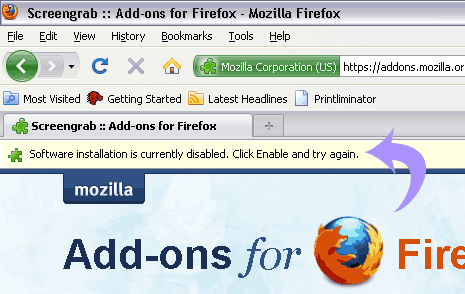






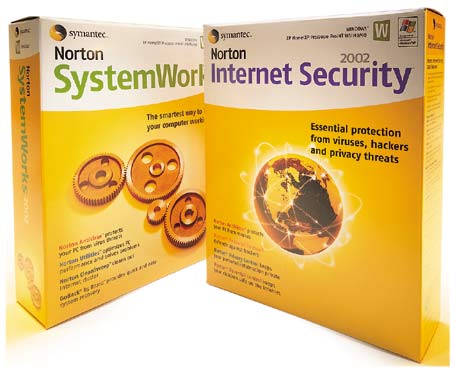



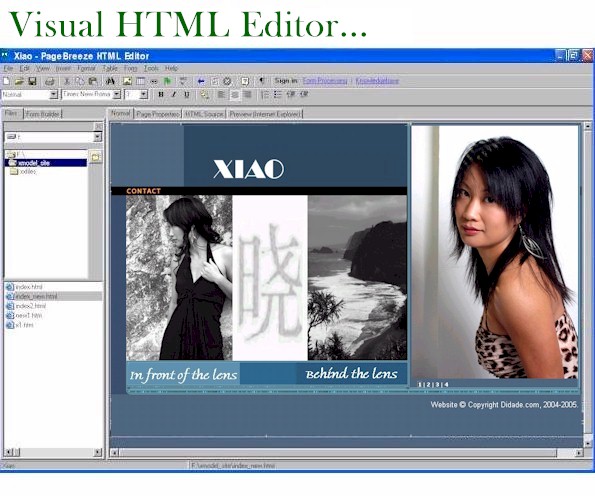


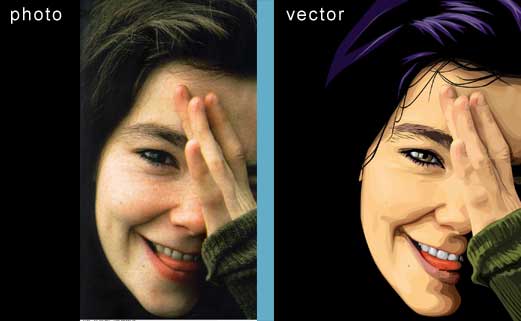
_photo_date_19-4-2007.jpg)



